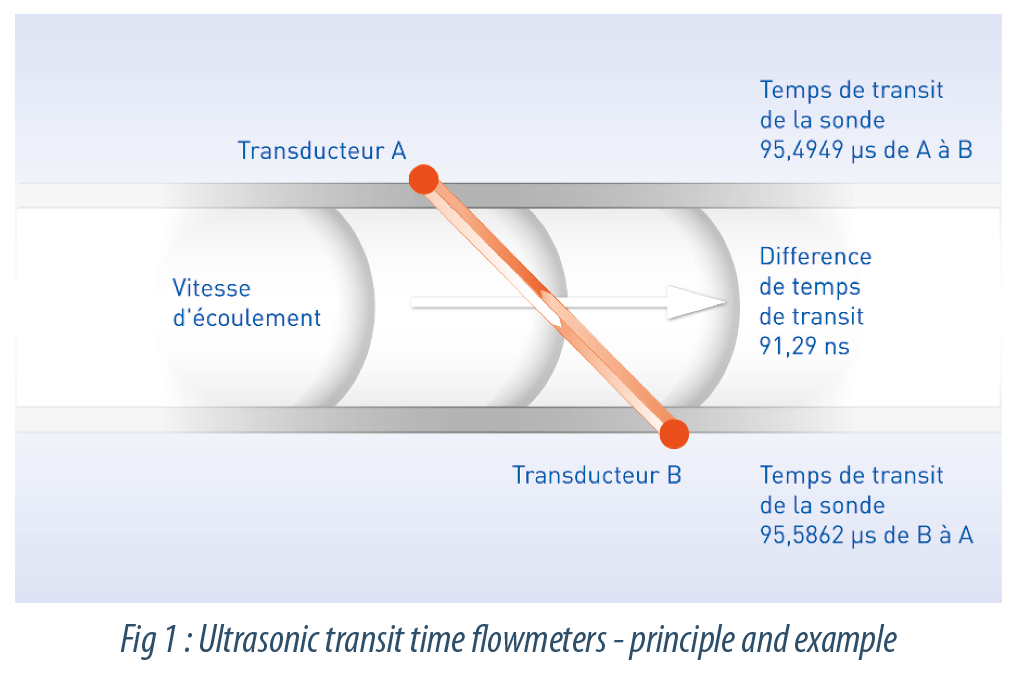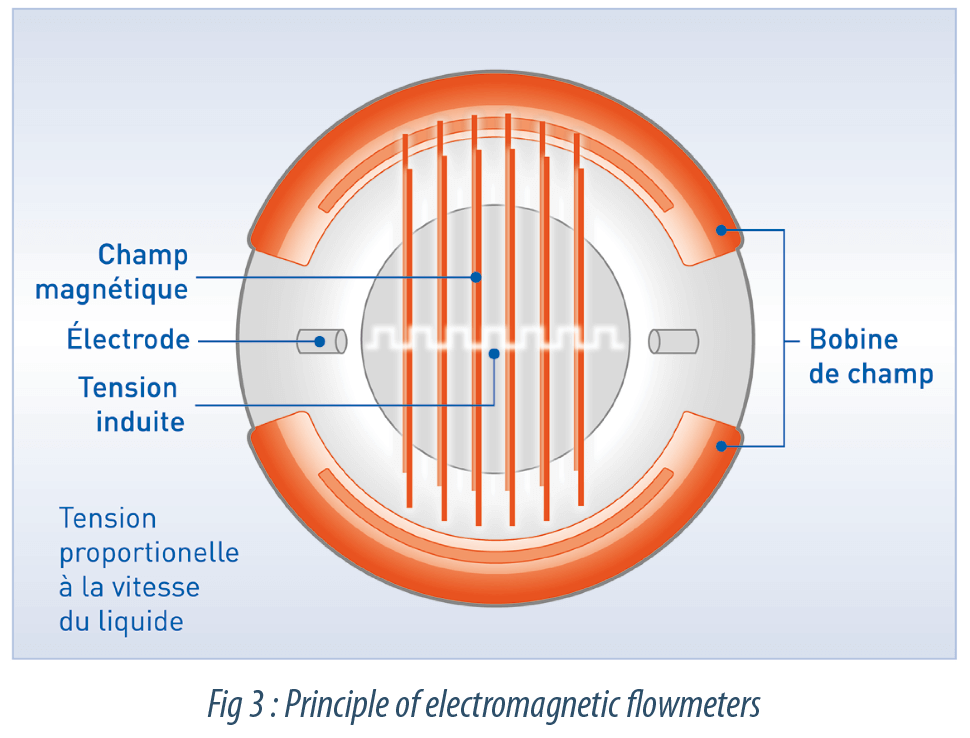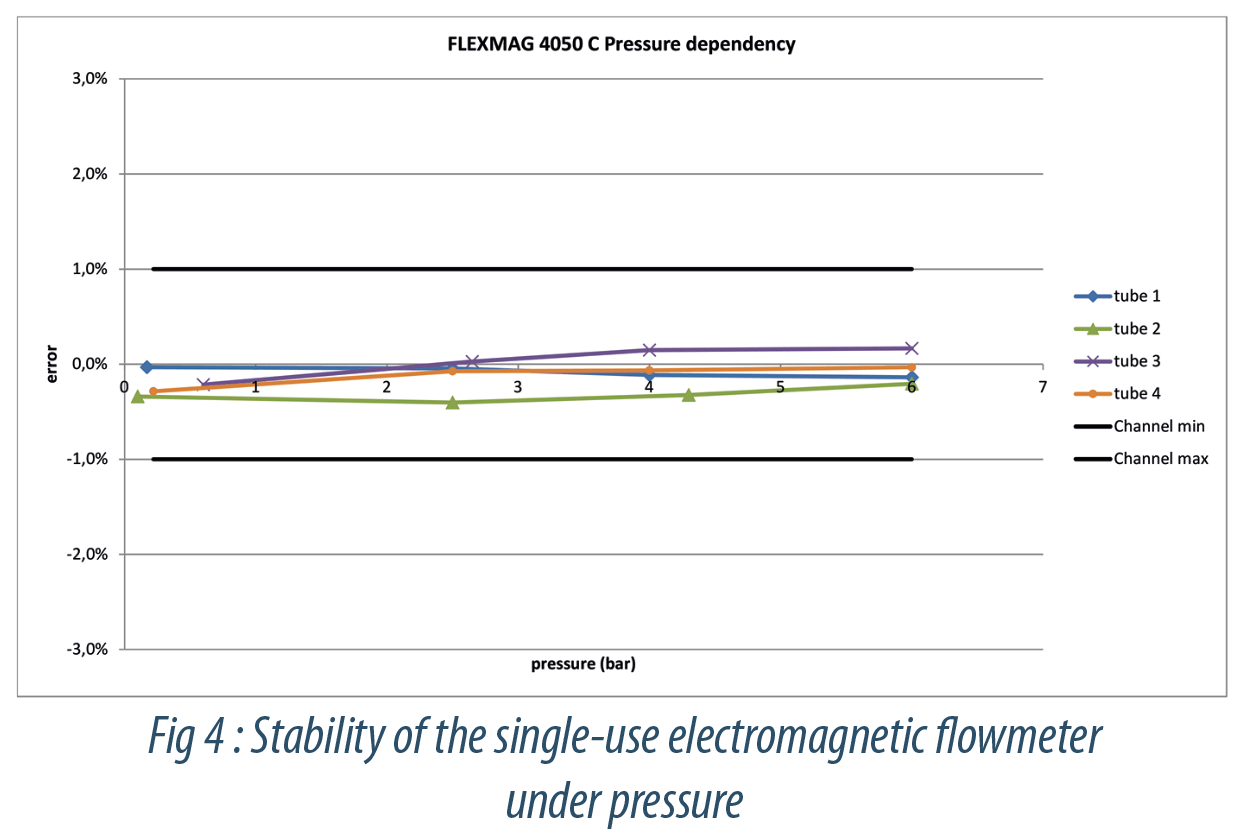Summary
- Metrological verification of air particle counters: constructing a test bench to measure counting efficiency according to ISO 21501-4.
- On the importance of monitoring the parameters of the treated water supply used in the manufacture of water for pharmaceutical use on production premises.
- New technologies for single-use biopharmaceutical process flow measurement
- The Calibration of Embedded Sensors
- Cleaning and disinfection - A one or a two steps process or scientifically justified ?
- Updated regulations on FDA acceptance of medical device clinical data in effect soon.
Biopharmaceutical production is increasingly shifting towards the use of single-use systems, the appeal of which can be attributed to a variety of advantages including a reduction in the risk of cross-contamination, flexibility in production volumes and easier implementation…

As with any industrial process, instrumentation is necessary to ensure the smooth running of operations and the quality of products manufactured. To properly control their processes, manufacturers expect single use measuring instruments to perform at the same level as the stainless-steel devices used in standard manufacturing processes.
This article covers flow measurement and introduces existing technologies on the market. It compiles the characteristics and includes both advantages and disadvantages that form the basis of the choice depending on the application.
Turbine flowmeter
The single-use turbine flowmeter hit the market very early. This measuring principle, widely tested, is used in particular for metering and billing domestic water around the world. A turbine placed in the fluid stream rotates in proportion to the velocity of the fluid. Reflectors installed on the blades of the turbine transmit infrared signals to a sensor that determines the flow by counting the reflections. The single-use flowmeter supplier designed a system that allowed the easy removal and replacement of a disposable tube including the turbine.
The turbine flowmeter has a price advantage. It is adapted if the single-use systems need to be changed frequently.
However, it is not known for its accuracy. It is susceptible to the presence of residue and particles that might cause the rotor to brake. The measuring tube is partially obstructed by the turbine, resulting in the following disadvantages: pressure drop and the potential breakdown of proteins if they are fragile. This technique is incompatible with applications in which the density or viscosity changes, as is the case with purification operations.
The turbine flowmeter is suitable for applications in which the flow rate is little changed and the fluid is homogenous, such as certain filling operations. One tip to improve performance is to calibrate the device for the specific flow of your application.
Ultrasonic transit time flowmeter
Many companies offer ultrasonic transit time flowmeters, either inline or clamp-on featuring non-contact with the fluid.
Two ultrasonic sensors are positioned diagonally on the two opposing sides of the measuring tube or hose. The sensors function alternately as transmitters and receivers of acoustic signals. An ultrasonic wave coming from upstream in the direction of the current travels more quickly than the wave going against the current. The difference in the transit time of the signal is directly proportional to the velocity of the liquid, from which the volumetric flow is calculated. This technology is highly sensitive to the non-symmetry of the flow profile (Reynolds number) and thus to the viscosity of the liquid to be measured.
Other suppliers opted for a clamp-on design. The flowmeter is installed directly on the flexible process piping. Not having a disposable part facilitates the validation work because the fluid does not come into contact with an additional component to be validated. In addition, there is no hydraulic connection prone to increase the risk of leakage. However, an ultrasonic clamp-on flowmeter cannot properly fulfil its measuring function unless it is calibrated specifically with the hose model on which it is installed. As a matter of fact, the diffraction of the acoustic wave is related to the material it passes through. It is thus recommended that you calibrate the device with the hoses of your installation and under process conditions (pressure, temperature). The clamp-on flowmeter is actually extremely sensitive to the pressure difference applied to the hoses, for the same reason of uncontrolled diffraction.
It is preferable to use this measurement in stable process conditions. On a depth filtration installation, it is important to know the flow in order to adapt the function of the pump during filtration and to know the flow when it comes to cleaning the filtering elements.
Coriolis flowmeter
Mass flowmeters adhere to the principle of Coriolis flow measurement, named in honour of the French engineer Gaspard-Gustave Coriolis.
The mass flow of liquids and gases can be calculated from the deformation of the measuring tube caused by the flow. The flowmeter creates an oscillation on the measuring tube. Then position sensors record the oscillation movements at the extremities of the tube. If there is no flow, the sensors record the same sinusoidal signal. As soon as the flow begins, the Coriolis force, proportional to the displacement of the fluid, causes a distortion of the measuring tube, resulting in a phase shift between the sensor signals.
This phase shift is directly proportional to the mass flow. Furthermore, the density of the product can be derived from the resonance frequency of the vibrating tube: try it by applying motion to a garden hose: its oscillation is different when it is empty or when it is full of water.
Coriolis flowmeters are known for their high accuracy..The single-use version adapted for the biopharmaceutical market boasts a measuring accuracy in the order of 1% and a wide operating range. It offers the advantage of measuring density as well as mass flow. It is worthwhile installing this flowmeter when the fluid changes characteristics, especially the viscosity which does not affect the measurement. This may be the case with tangential flow filtration retentate.
However, it’s a complex technique to manufacture and to calibrate and is thus costly. In addition, the disposable part is extremely cumbersome due to the shape of the vibrating measuring tubes; the surface of fluid in contact with the liquid is substantial and the pressure loss is significant. The system is not compatible with the requirements for compacity given by the manufacturers of the purification systems in the downstream processes. Moreover, it represents a significant part of the volume of the single-use assembly to be disposed after use.
Electromagnetic flowmeter
The principle is based on the law of Faraday-Laplace. In 1832, physicist Michael Faraday laid the foundation for electromagnetic flow measurement. He was studying the interaction between electricity and magnetic fields when he realized that the magnetic fields in a flowing liquid induced a voltage which is dependent on the velocity of the flow. He developed an equation to describe how the induced voltage is proportional to the strength of the magnetic field (B), the distance between the electrodes (D) and the average flow velocity of the product to be measured (v):U = k*v*B*D (k being a geometric factor). The first two variables are fixed by construction, so the induced voltage is related solely to the velocity and thus to the flow.
The other characteristics of the fluid (density, viscosity, pressure, temperature …) do not interfere. Electromagnetic flowmeters are very accurate. For these reasons, the electromagnetic principle is widely used in industrial processes when the liquid to be measured is electrically conductive.
The latest and most successful flowmeter to enter the disposable market is based on this principle. It incorporates the techniques well mastered in the industrial world: the creation of a magnetic field on the one hand, the recuperation of the induced voltage to the electrode pins, amplification and translation into flow. The magnetic field is deported in an open cavity, so it is possible to place the measuring tube in its center and remove it after use.
The electromagnetic flowmeter is accurate with a measuring uncertainty within 1% of the measured value. The measurement is independent of the liquid characteristics.
The only disadvantage of this device, related to the measuring principle itself, is that it is not capable of measuring non-conductive fluids such as demineralized water, at most it will give an indication of value.
The wide operating range of the electromagnetic flowmeter is suitable for applications featuring large flow variations, such as in chromatography.
Some systems require gradients of buffer solutions to stabilize the pH. For example, at the beginning of the process a buffer produces 90% of the flow, which is then reduced linearly to 10% of the flow at the end of the process. A second one is introduced simultaneously from 10% to 90 % at the end of the process. This delicate protein purification requires accuracy across a wide range of flow.
This flowmeter is not susceptible to pressure variations. It is well suited to filtration measurements that use a constant flow for a variable pressure where the pressure rises incrementally as the filter becomes clogged.
This device is also suitable for viral filtration operations that work at constant pressure for a variable flow where the flow decreases in a nonlinear manner when the filter is clogged. Flow control is important when it comes to determining how much the filter is clogged.
Conclusion
Flow is an essential measurement parameter for protein purification, transfer and filling operations. The single-use flowmeters offered on the market are quite different. The supply is adequate, but the right choice will depend on your process. These flowmeters are compatible with biopharmaceutical requirements. Some devices fit almost any application.
Before choosing a model, it is important to consider the characteristics of your application, the frequency of renewal of the disposable part, the need for precision and the impact of inaccuracy on the efficiency of the operation. And to make your choice.
Share article









